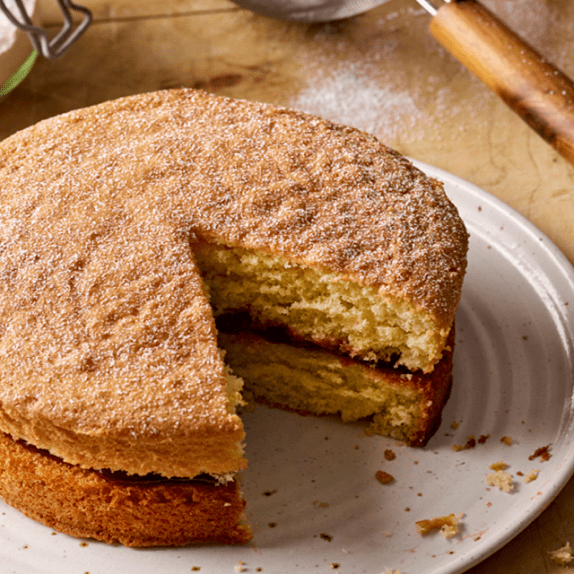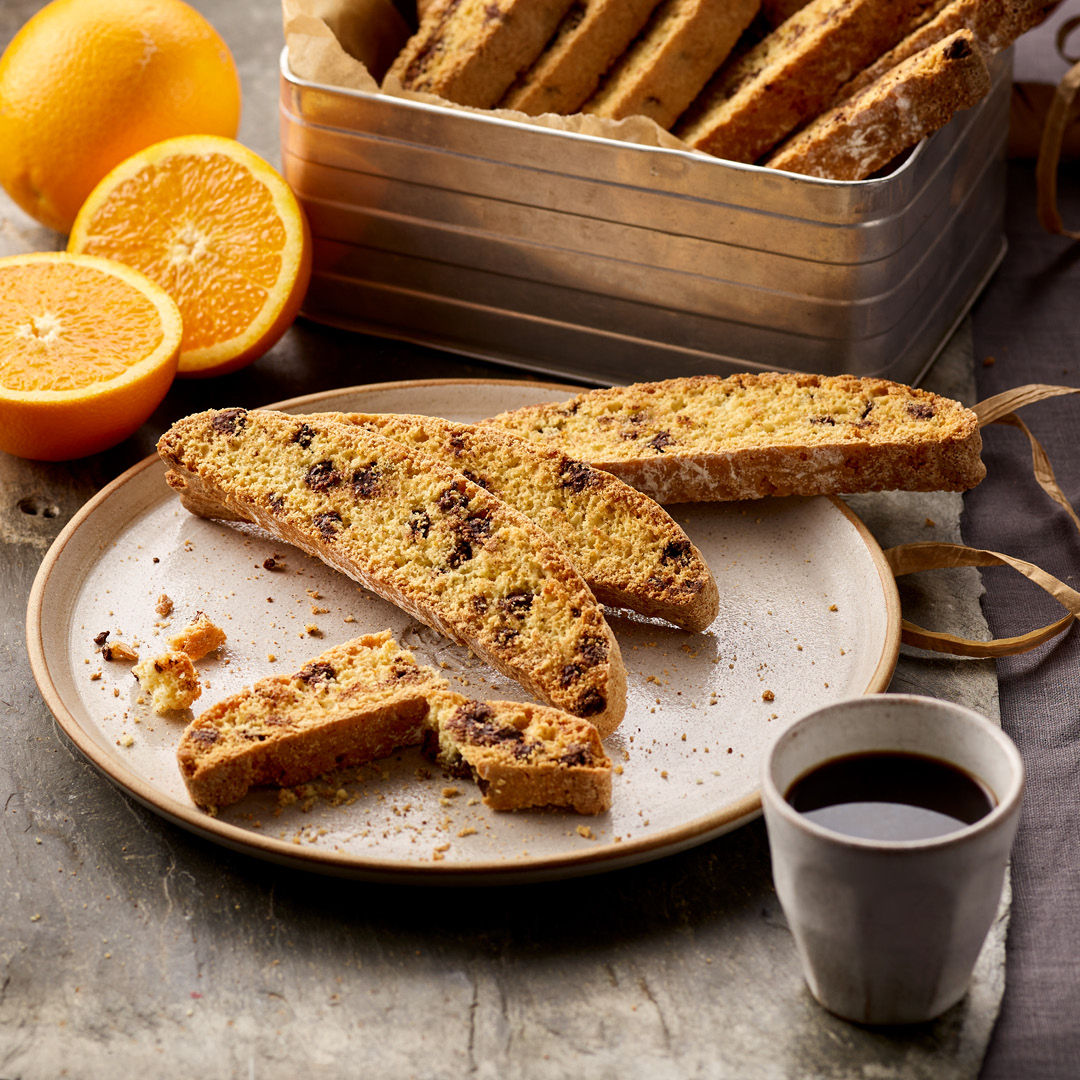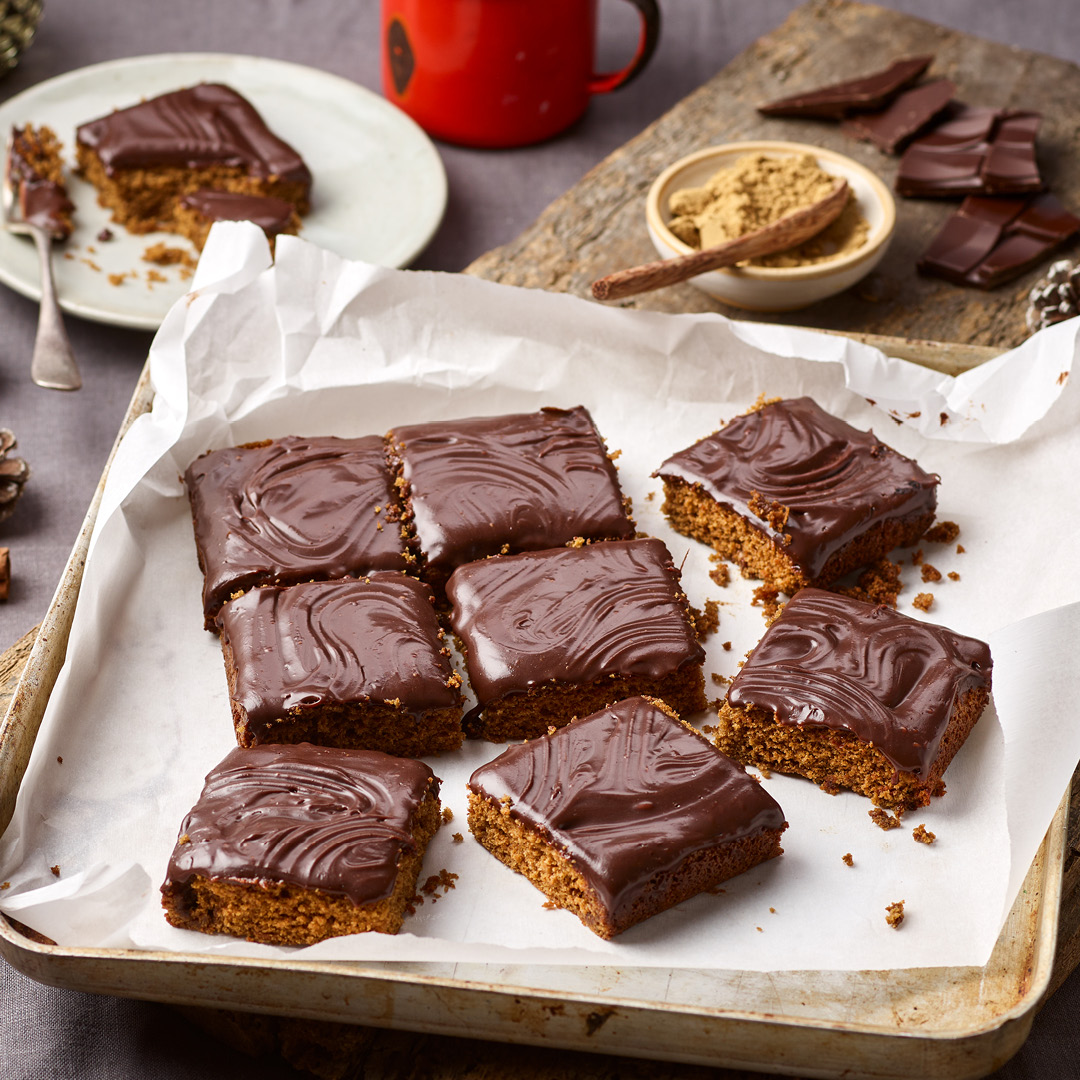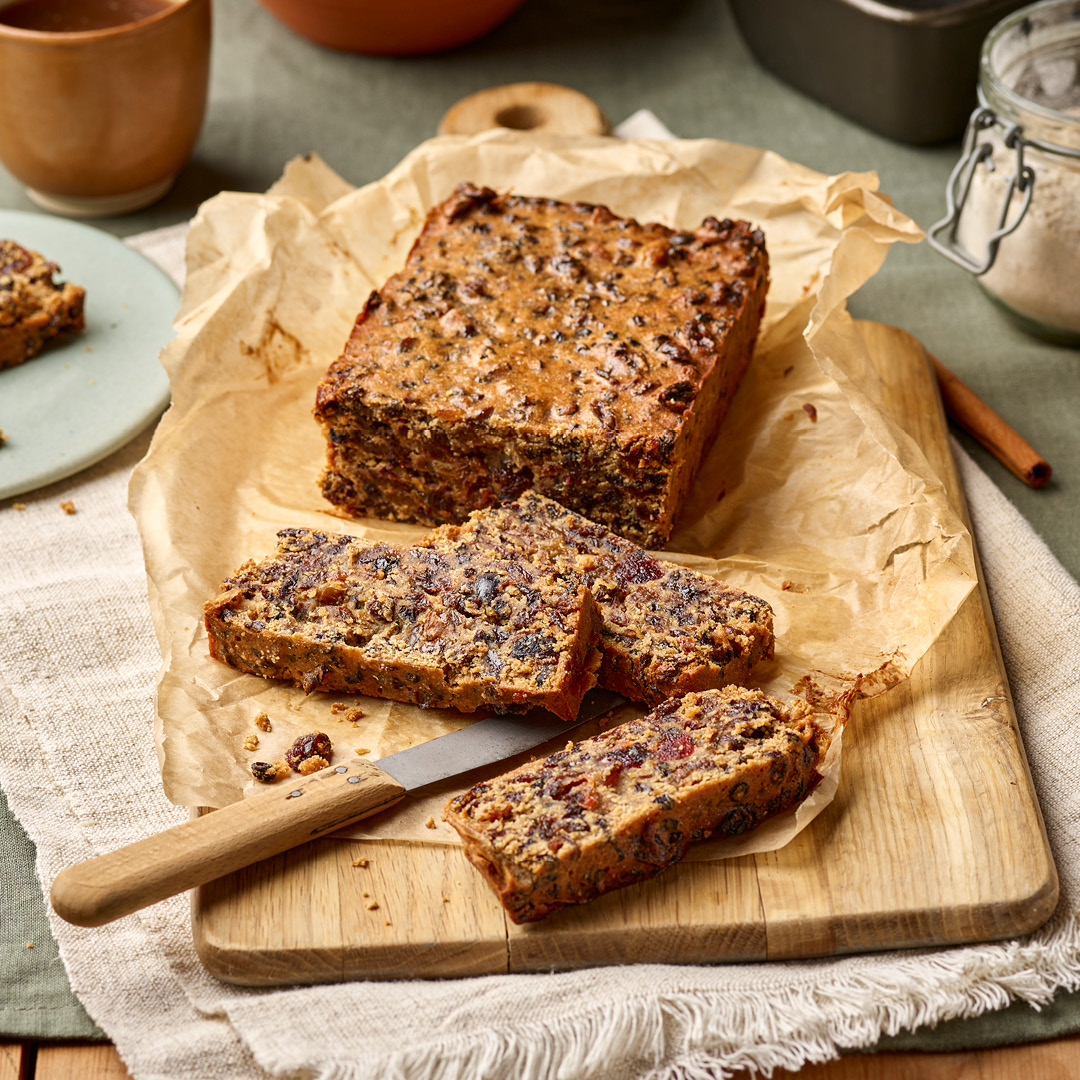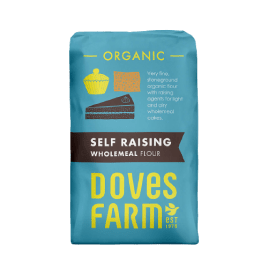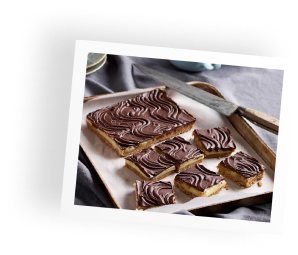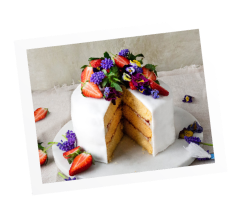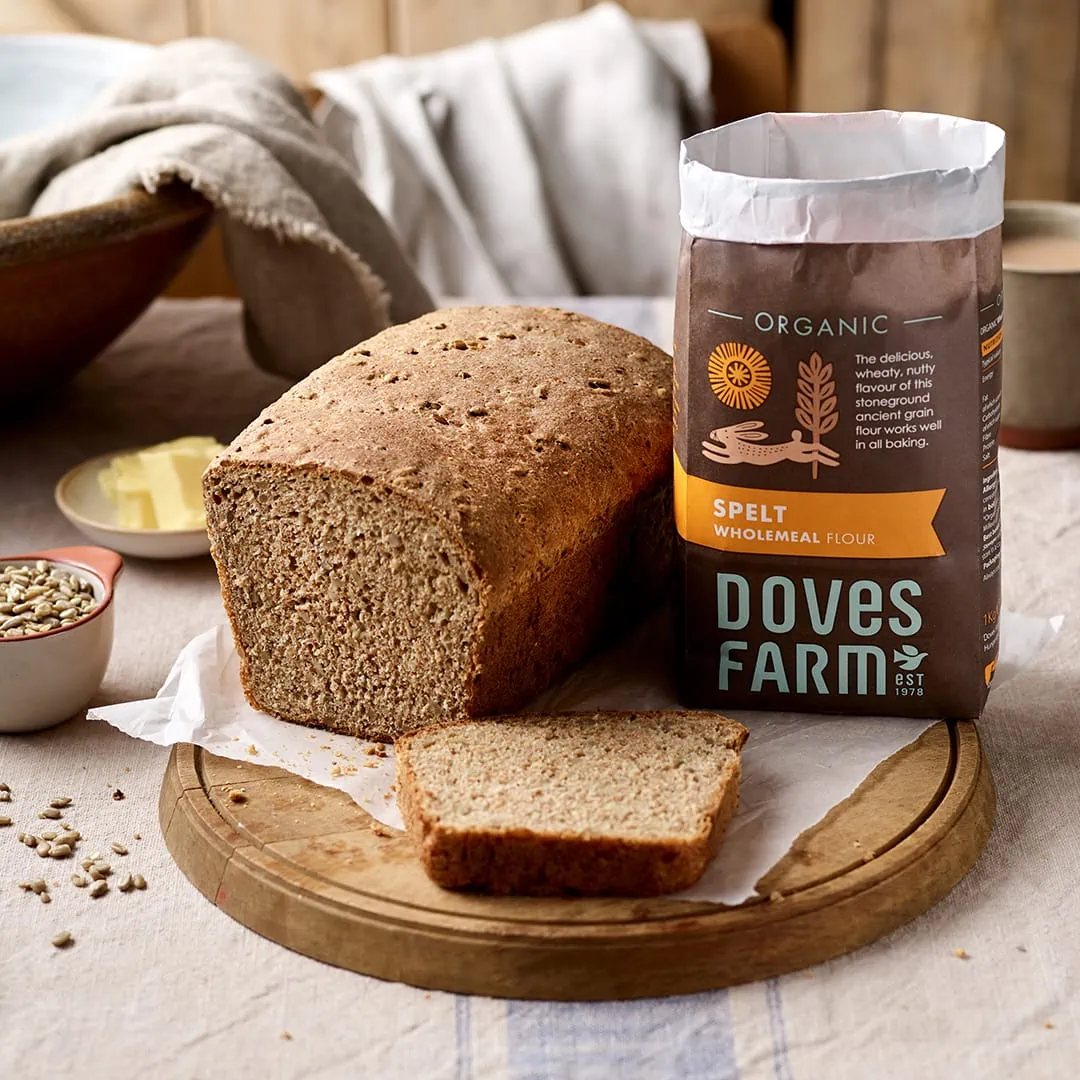Are you looking for your inner-baker, for baking inspiration or are you new to cake baking? We are here to guide you along the way. Baking a cake can seem rather daunting at first, but with a little know-how you will be creating delicious cakes in no time.
Whether you are baking a classic Victoria Sponge Sandwich Cake, Banana Cupcake Muffins or perhaps a more adventurous Chocolate Swiss Roll, we have step-by-step tried and tested recipes for you, as well as handy baking tips to make sure your cake making is successful and fun.
Here are our top tips for making cakes:
- Gather all your ingredients together before starting to follow your recipe so you can check you have the correct quantity of everything you need.
- For best results weigh and measure your ingredients accurately.
- Ingredients such as eggs and butter will combine better if they are at room temperature when you start mixing.
- Don’t over mix your cake batter. Whether using an electric mixer or a simple hand whisk, only mix the cake batter together “just until” the ingredients are combined. Doing this should result in a softer and fluffier cake.
- Look through the oven glass rather than opening the oven whilst your cake is baking, as cool air and a temperature change can cause the rising cake to sink. Trust your recipe baking time and check on your cake nearer the end of the bake time.
- Look through the oven glass rather than opening the oven whilst your cake is baking, as cool air and a temperature change can cause the rising cake to sink. Trust your recipe baking time and check on your cake nearer the end of the bake time.
- Allow your cake to cool completely before filling and decorating otherwise the ingredients in the buttercream or other toppings will melt.
If your baking doesn’t go according to plan, do not despair as there are many solutions to cake problems and a way to help rescue your delicious cake. We can help you find a cake solution when your cake mixture has split or the egg won’t mix in, the cake is domed or cracked, the cake is flat or uneven, the cake is dense or has sunk, the cake has got speckles on top or is burnt, the cake is broken or crumbly or the fruit has sunk.
The egg hasn’t combined properly and/or looks curdled.
Possible Cause
- When the fat in a cake is very soft it can make the mixture very wet and be difficult for it to combine with egg, especially if the egg is cold. It sometimes takes a little more beating to get the egg properly incorporated into the mixture.
How to rescue a cake mixture that has curdled
Add a spoon of the flour to the bowl and stir to combine which should stabilise the mixture, making it smooth before you proceed with the recipe.
The top of the cake has formed a peak, is domed or has cracked.
Possible Cause
- An over-hot oven will cause the crust to cook too quickly. As the outside and centre cook, the inside is still rising, forcing the crust to peak and crack. Reduce the oven temperature for future bakes.
- If the cake tin depth is insufficient for the rising cake, mixture may form a central peak or overflow the tin. For future bakes check the tin size and volume.
- The outer edges of a very stiff cake batter will cook first and crack when the cake batter on the inside rises. Add a little extra liquid to a stiff sponge cake mixture to make more of a very thick batter. Fruit cakes are made with a stiff batter to hold the fruit.
- Using too much egg or too much raising agent can cause the cake mixture to expand rapidly in a hot oven, resulting in cracks in the top.
How to rescue a cake with a peak, domed or cracked top
Continue with your planned cake topping and decoration, homemade cake is always delicious! Use a sharp knife to cut off unwanted peaks and re-shape cold sponge cake, then continue with the filling and decoration for a fabulous cake.
The cake is dense or has sunk in the middle.
Possible Cause
- Opening the oven door during baking or insufficient cooking time can cause a cake that has risen to deflate and sink. Look through the oven glass rather than opening the door, check bake times and set a timer for future bakes.
- If the oven temperature is too low the cake will not rise properly and can become dense. Pre-heating the oven 20 minutes before baking is recommended.
- Ingredient errors from miss-weighing, ingredient omission or ingredient substitution can make a cake dense. For example, too much liquid or too much raising agent. In the future weigh ingredients carefully for best results.
- Overbeating a cake can knock the air out of the mixture resulting in a cake that fails to rise. For future bakes avoid over mixing.
- If too much raising agent is used, baking powder or bicarbonate of soda, the gases produced during cooking can disappear before the middle has cooked causing the cake to collapse.
How to rescue a cake that is dense or has sunk in the middle
Continue baking until the cake is cooked then allow to cool. Add plenty of topping and decoration to the cake to make your bake look attractive and it will taste delicious!
The cake crust looks speckled, is too brown, the fruit is burnt or the surface is sticky.
Possible Cause
- The type of sugar and how it is mixed can cause the top of a cake to become sticky. Use the type of sugar recommended in your recipe and cream or beat it with the butter until light and fluffy.
- Cooling a cake very quickly can result in moisture from the inside of the cake gathering in the crust, making it moist and sticky.
- Dark speckles on the top of a cake can result from sugar crystals that have not, or cannot, combine with the cake mixture. For example, granulated sugar instead of caster sugar, or simply too much sugar.
- A dark brown or burnt cake crust is usually the result of the oven being too hot, the cake cooking for too long, or the use of a tin too large for the volume of cake.
How to rescue a cake with a speckled, overbrowned or sticky top
If the edges of a cake are burnt, carefully remove these with a sharp knife as soon as the cake comes out of the oven. Remove and throw away any exposed and burnt fruit. Once the cake is covered with filling and topping or icing, these will cover the surface and should not affect the enjoyment of your delicious homemade cake.
The cake is broken or crumbly.
Possible Cause
- An uncooked cake can be very fragile and crumbly, return it to the oven and continue cooking.
- When a cake comes out of the oven it can be fragile and break if turned out of its tin immediately. For future bakes leave sponge cakes in their tins for 5 minutes before turning out (loaf and fruit cakes can often be left to cool in their tin).
- Ingredient errors can cause a cake to be crumbly. For example, flour, butter, sugar or raising agent forgotten or incorrectly weighed.
How to rescue broken or crumbly cake
Continue baking until the cake is cooked then allow to cool. Re-assemble the cake in its intended shape and cover with topping and decoration to make your bake look delicious! Alternatively use the cake to make a lovely trifle.
The cake is sticking to the tin.
Possible Cause
- Rubbing butter or oil around the inside of baking tins and trays, or inserting a baking liner, is essential for easy release of baked goods. Poor quality and badly scratched tins are likely to cause sticking.
- Leaving a bake in its tin for too long can cause it to get stuck. Follow recipe guidance for how long to rest your bake before turning it out and cooling on a wire rack. Only a few recipes leave the cake in its tin to cool completely.
How to rescue a cake stuck to the tin
If part of your bake breaks as it is turned out, quickly replace it in position and leave to cool. Continue to assemble your bake with filling, topping and decoration for a fabulous bake.
The fruit in the cake is all at the base of the cake.
Possible Cause
- The syrup in glacé cherries can become slippery in the oven heat causing them to sink in a cake. For future bakes wash glacé cherries in warm water and dry them before halving or quartering and dusting lightly with flour.
- Many dried fruits have a light coating of oil which can make them slippery in the oven heat causing them to sink in a cake. For future bakes dust dried fruit with some flour before adding to the cake.
- The weight of large pieces of fresh fruit can be too much for a sponge cake to support, causing them to sink to the bottom. For future bakes, chop the fruit into small pieces.
- Some cake batters may not be able to support fresh or dried fruit. For future fruity bakes, use a thicker cake mixture that can support small pieces of flour dusted fruit.
How to rescue a cake when the fruit has sunk to the bottom
Ignore the position of the fruit and continue to assemble your delicious bake with its topping or icing.
